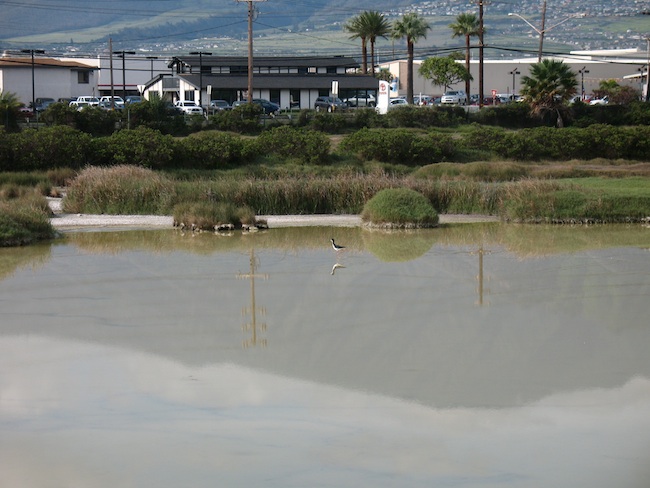One of the more prominent science-related news topics lately has been the radiation emitted from the Fukushima Daiichi nuclear power plant. Coverage of this issue has been mixed in the press, with some stories providing an accurate context for the radiation amounts being reported, and other stories providing lurid and sensationalist uncontextualized commentary. For a roundup of the latter, see the “Journalist Wall of Shame” on the JPQuake Wiki (they also have a “Good Journalism” space).
Ionizing radiation is scary; it’s something we don’t generally think about on a day-to-day basis, it’s invisible, and it can harm us in unpredictable and deeply personal ways. I’m specifying ionizing radiation here because it’s this type of radiation- mainly gamma rays and x-rays- that can damage cells; there’s an entire range of radiation that’s non-ionizing and not harmful in this way- heat, visible light, etc. This may seem a bit pedantic, but the more mysterious and rarefied “radiation” seems, the more potentially troubling it becomes. Once people realize that they interact with many types of radiation constantly, the word “radiation” becomes a little less intimidating. Hopefully, that helps us put the dangers of ionizing radiation into context with a little less fear of the unknown complicating our understanding.

At any rate, one of the things that makes ionizing radiation, like that emitted from the Fukushima plant, hard to put into context is our lack of day-to-day experience with it. Reporters commonly compare radiation exposure levels to numbers of chest x-rays, or public exposure of people after the Chernobyl disaster. But it’s still hard to put those doses of radiation into context. The graphic on the right, from the Xkcd webcomic folks, does a really good job of putting these numbers into a visual context (click on the thumbnail to go to Xkcd.com and a full-size version).
I like this graphic for a number of reasons. First, it’s generally easier to compare a wide range of numbers visually, rather than numerically. Second, the author compares ionizing radiation to everyday non-ionizing radiation, which provides us with familiar context. He also compares the Fukushima event to the disasters at Three-Mile Island and Chernobyl, which lets us make our own comparisons between the three events. Fourth, he gives us references and links to his sources. He also calls attention to uncertainty- e.g., in places near the Fukushima plant where measured levels of radiation are fluctuating.
So, an interesting example of informal science communication. Check it out!





















